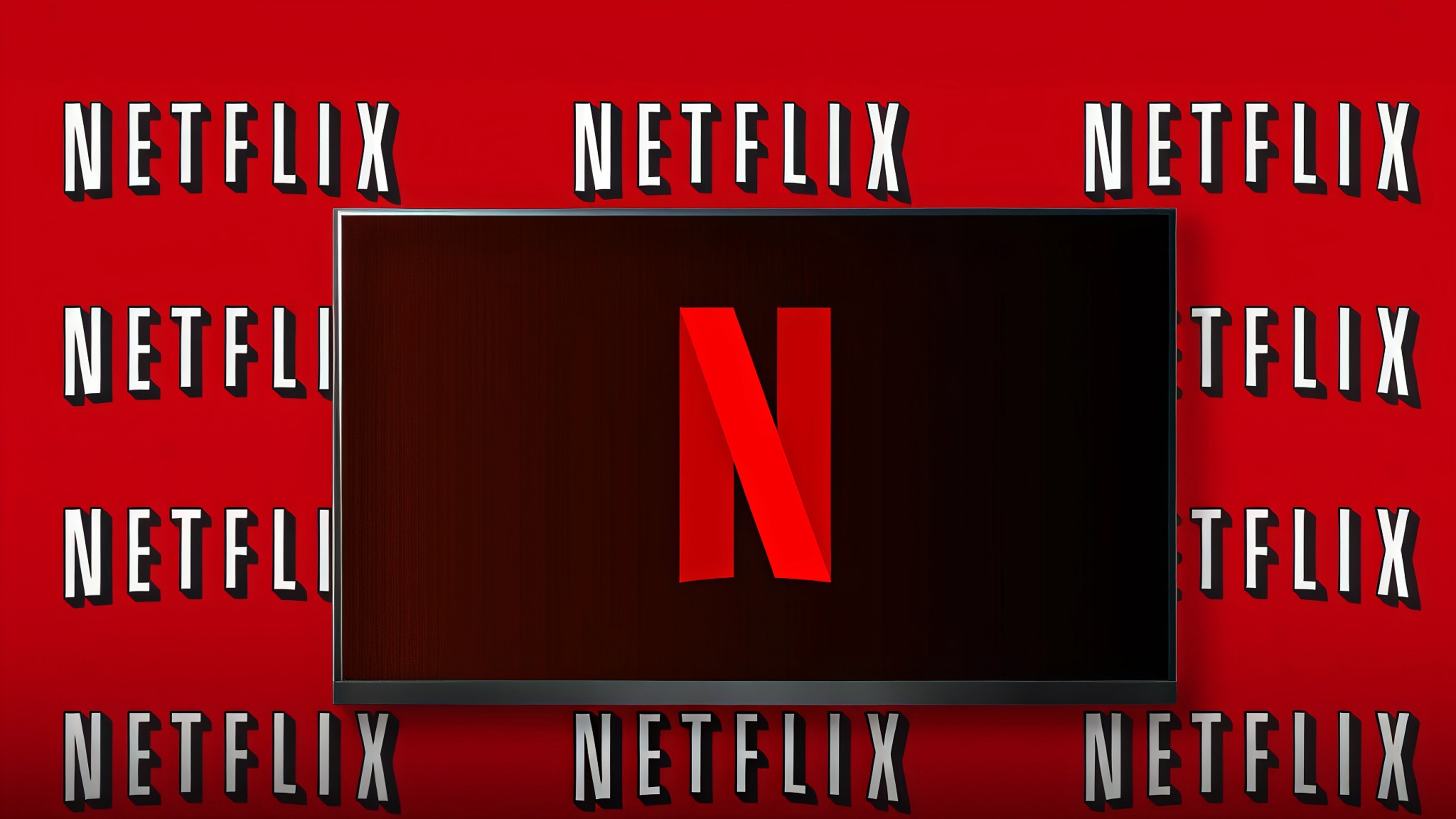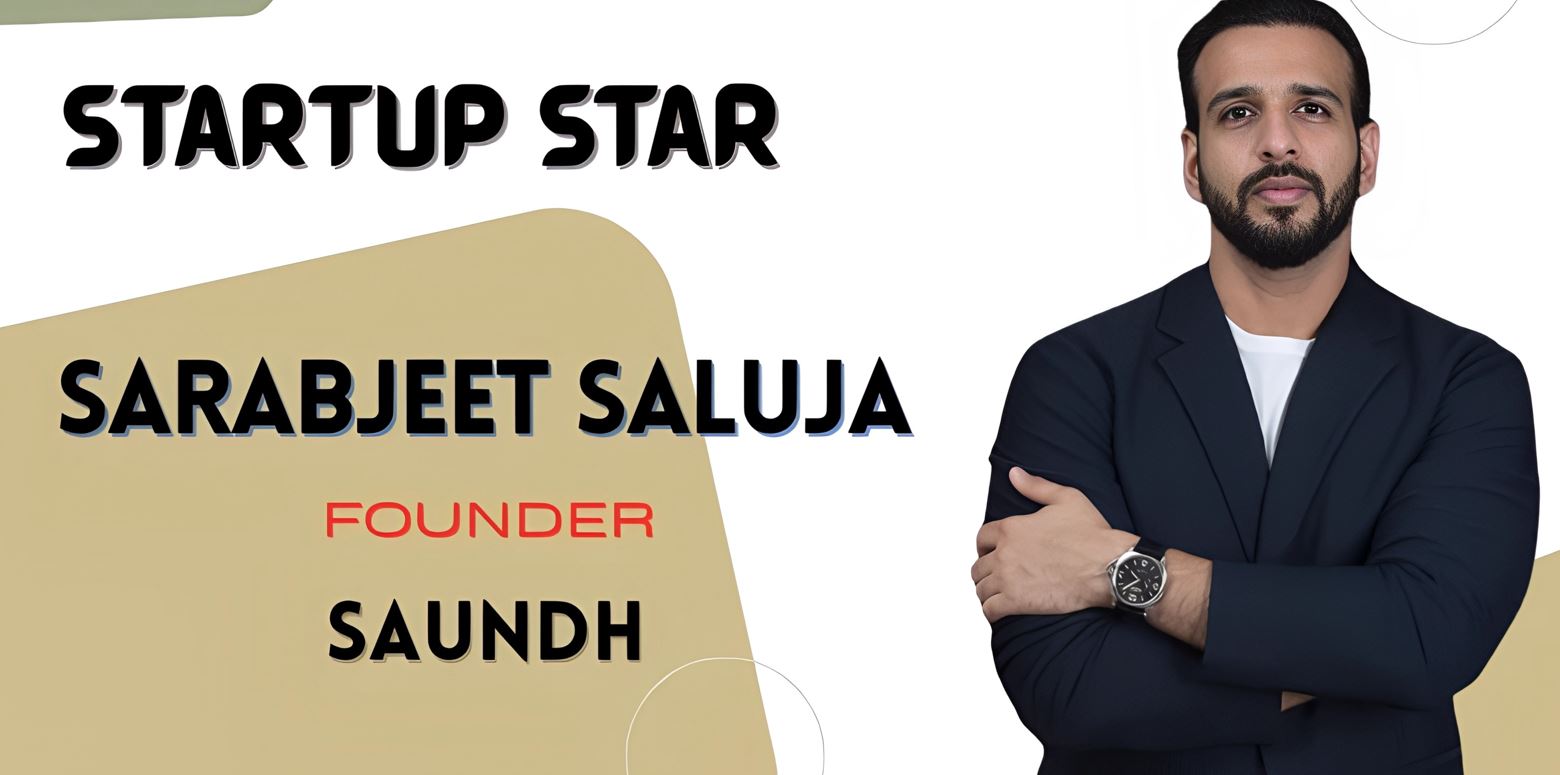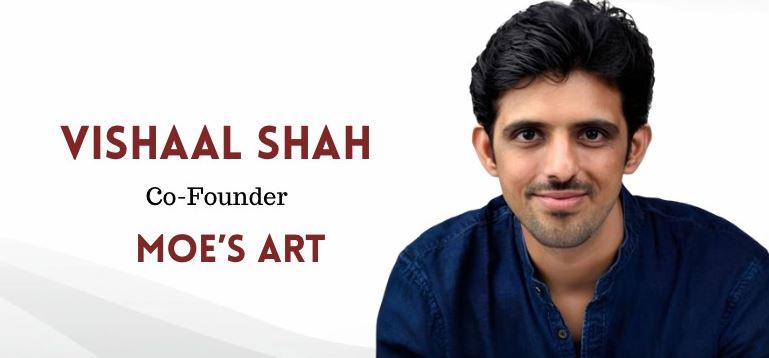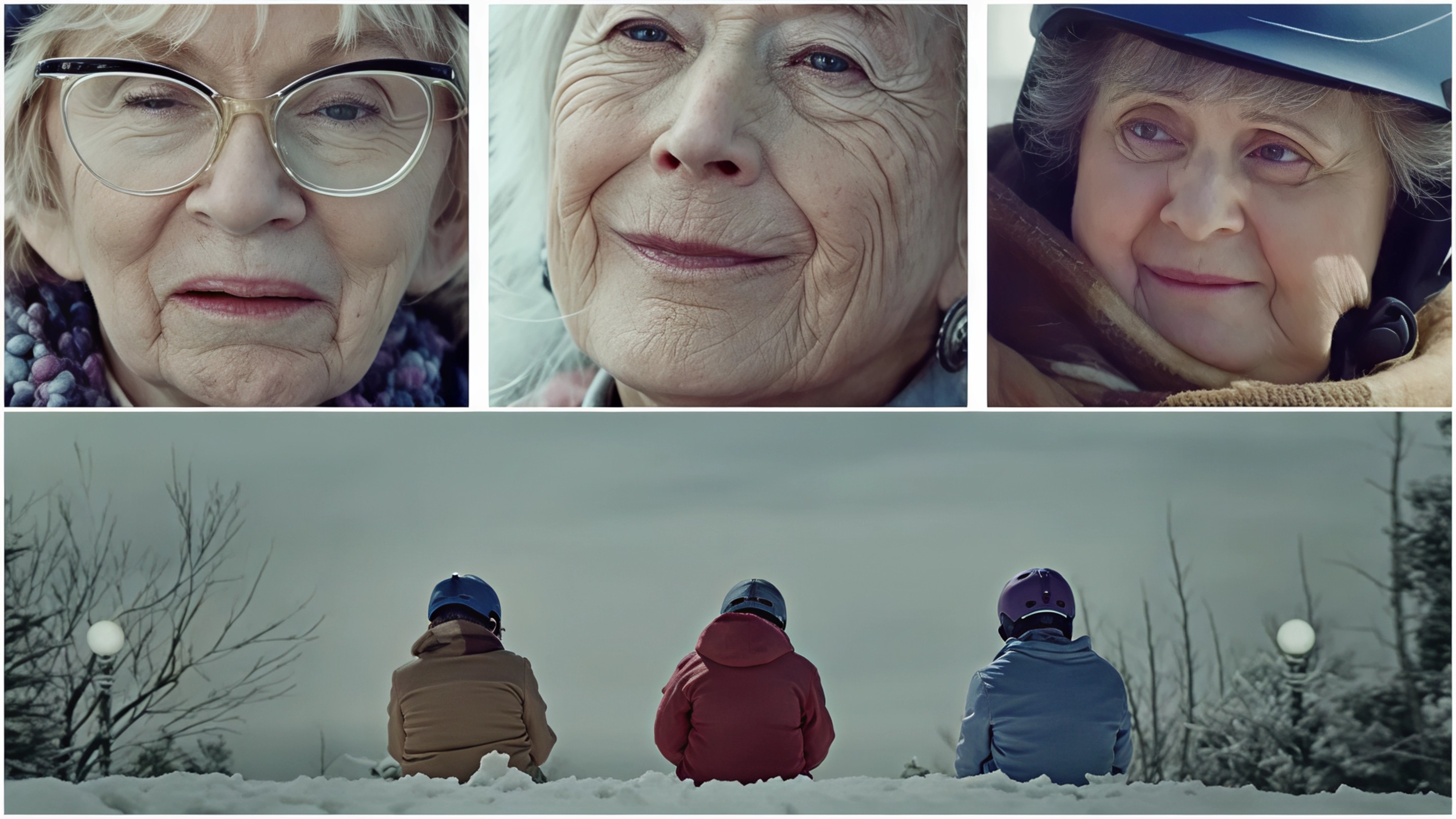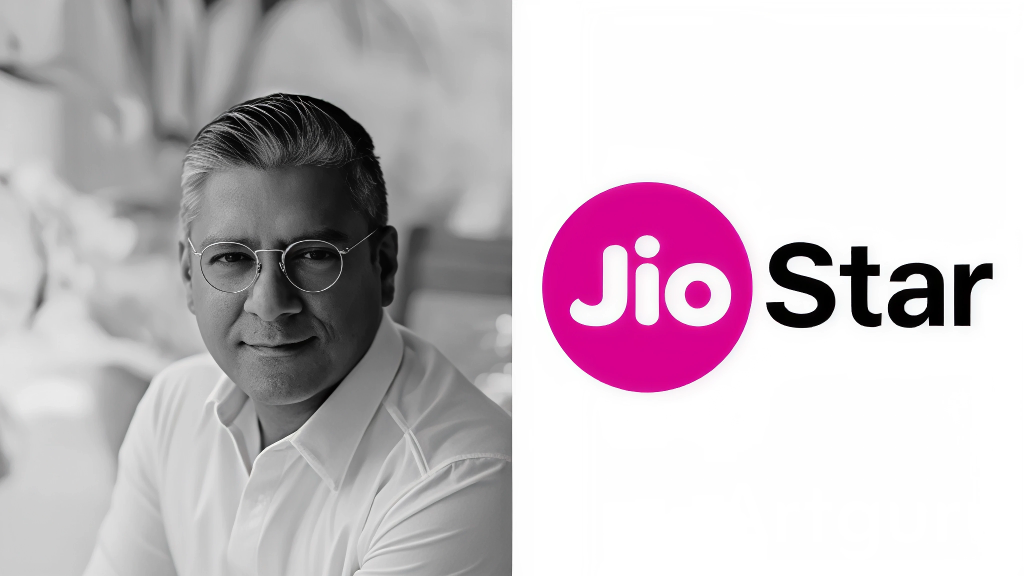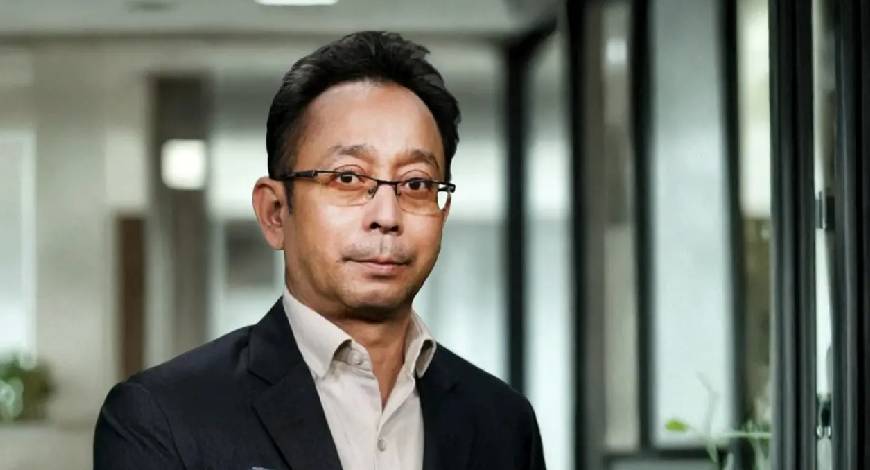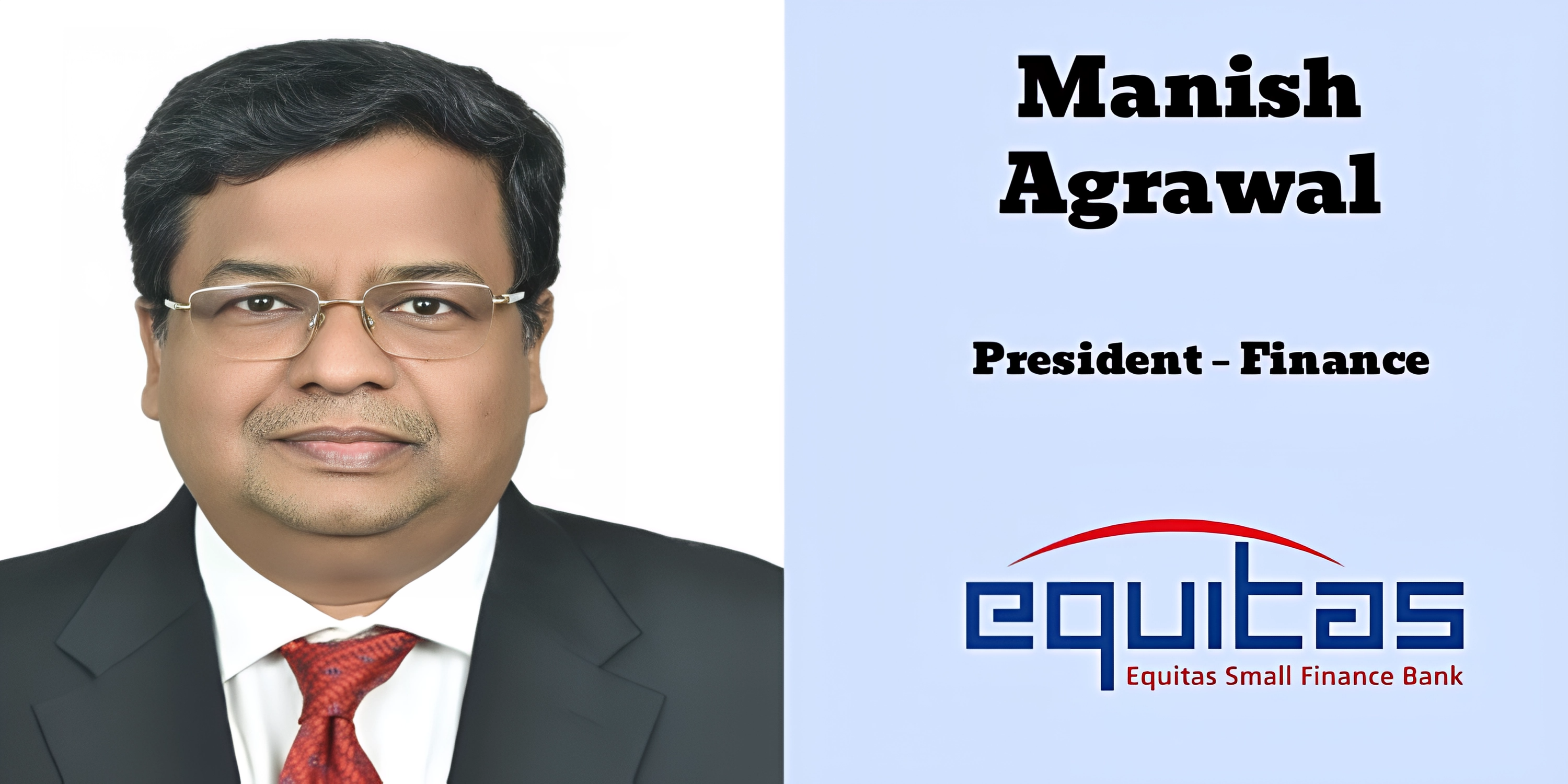Prestige beauty is finally acting like itself in India and a big reason is the way women operators are telling the story. Medhavi Nain, GM marketing for international brands at House of Beauty, has been busy turning admiration into execution. Her north star is simple and stubborn. Lead with artistry and education, then earn trust with community and culture. That is how you sell a brow pencil in a market that has seen every influencer trick in the book.
The lineage matters. Anastasia Beverly Hills was born from a precise idea of face architecture and a founder who taught technique before selling product. Nain brings that playbook to India and adapts it for local rituals, skin tones and shopping behavior. You see it in the order of operations. Teach the hand. Prove performance. Build habit. Only then scale the range. It sounds slow. It works fast when the education is good.
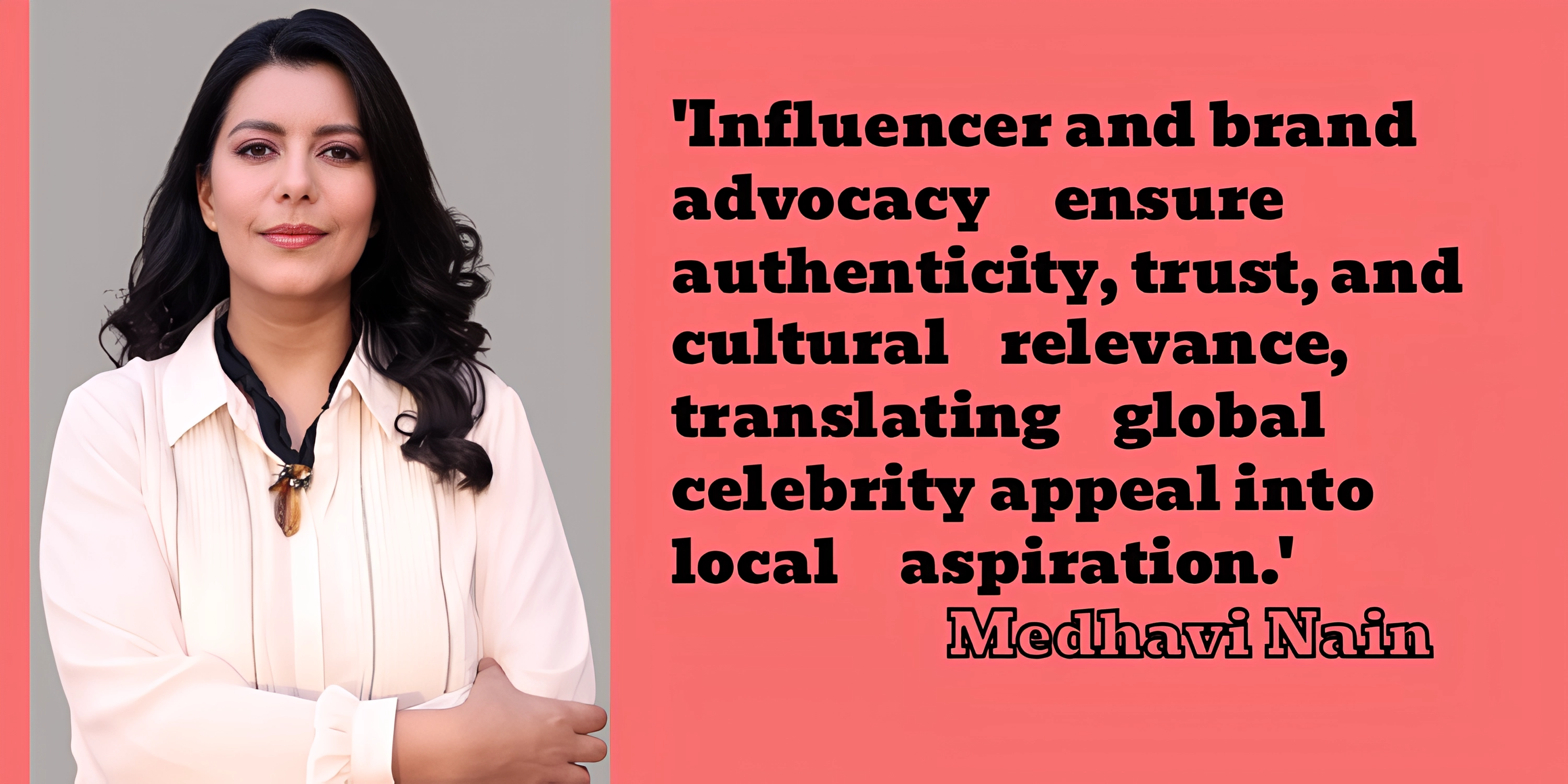
Prestige positioning is not a price tag. It is proof. ABH entered the market with a classroom over a cart, putting MUA led masterclasses and expert content at the center of launch. The message to consumers was direct. High performance formulas and artist grade tools make sense when you know how to use them. The result is a buyer who understands why payoff matters, why shades are engineered the way they are, and why technique can beat trend. You get fewer returns, better word of mouth and repeat purchase driven by skill, not fear of missing out.
ADVERTISEMENT
Relevance in a crowded aisle comes from resonance, not volume. Nain’s answer is glocal storytelling that feels aspirational and local in the same frame. Product education sits next to cultural context so a global brow look becomes an Indian bridal essential without losing its origin. The Abhinav Mishra collaboration is the clearest proof of method. Four limited edition kits with packaging that borrows from mirror work and regal craft turned a makeup drop into a small celebration of couture. Peachy Pataka, Dewy Gulab, Lash Drama and Jamun Crush are product names, but they also double as mood boards for how a bride wants to feel across a long wedding week. Heritage and modernity share the same vanity shelf. That is the point.
Stores still matter when the category is tactile. The brand’s in store experiences are designed to slow a shopper down without wasting time. Consultations are short and specific. Shade matching is precise. Techniques are demonstrated on real faces with real constraints. You do not leave with a bag full of guesses. You leave with a routine you can repeat the next morning. Exclusive community events and creator salons build depth with people who actually use the products rather than chasing one off posts. The commerce follows the craft.
ADVERTISEMENT
Education at scale demands systems. Nain’s team treats content like curriculum. Quick lessons sit beside deeper modules, and everything feeds a discover try adopt loop where editorial and retail work together. MUA led masterclasses seed confidence, social video keeps daily touch, and retailer partnerships make the buy friction free. This is not a campaign. It is an operating cadence.
Values are not a slide. They are filters that change what gets made and what gets said. Cruelty free is a line the brand holds without performative shouting, and sustainability shows up as responsible choices in packaging and sourcing rather than a seasonal stunt. Consumers who care will see the signals in ingredients, recyclability and transparency. Consumers who do not will still feel the quality. Either way trust grows because the story and the product agree.
Localisation is not a skin of Hindi on global assets. It is a series of small decisions. Shade libraries that understand undertones across regions. Education that respects beginner nerves and professional pride in the same room. Storytelling that treats Indian festivals as creative opportunities rather than excuses for louder colors. Nain’s approach starts with listening, then editing. That is how a global brand earns a home.
ADVERTISEMENT
So what should competitors and partners learn from this playbook. First, prestige can be inclusive without losing edge. Teach people and they will pay for performance. Second, collaborations must be conversations, not logo swaps. When couture and cosmetics meet with intent, both sides gain new language and new fans. Third, community beats coupons over time. If your events create skill, your repeat rate will outlast any offer.
Where does the category go next. The Indian prestige market will accelerate as younger consumers demand quality, shade diversity and honest claims. Discovery will come from creators who can teach as well as entertain. Distribution will reward brands that make omnichannel feel like one shelf. ABH is likely to keep building authority with artistry first education and push deeper into regions with localized storytelling that respects rituals and modern routines equally. Expect more modular kits that solve specific use cases from brow to base to bridal. Expect editorial that treats makeup as a craft, not only a look.
The quiet unlock is measurement. When education becomes the media, you can track outcome differently. Session time in a masterclass, technique adoption in user video, shade confidence at counter, repeat purchase of a brush because the hand learned a new move. Those are not vanity metrics. Those are proofs that the market is maturing and that women led storytelling is doing what it promised.
Bottom line. Medhavi Nain is showing how prestige wins here. Start with skill. Respect culture. Stand for something. Build community that can teach itself. Do that and the Indian consumer gives you the only label that matters. Trusted.
Follow Marketing Moves on Instagram and Facebook for campaign teardowns, brand playbooks and creator led education ideas you can drop into next week’s plan.



